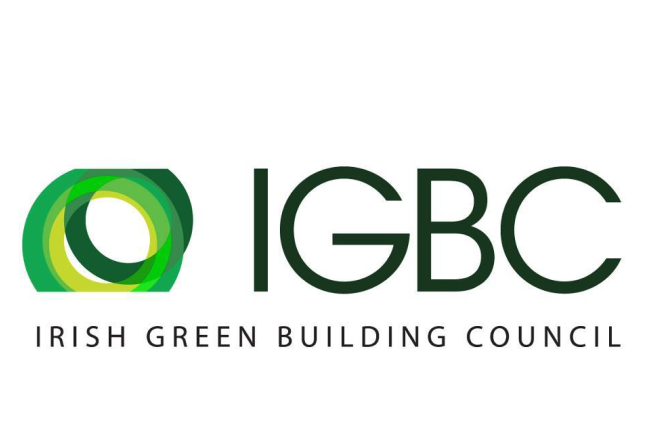- Blogs
- Posted
We must take radical action on whole life carbon
Addressing building life cycle emissions requires much deeper action than is currently planned, says Marion Jammet of the Irish Green Building Council.
This article was originally published in issue 40 of Passive House Plus magazine. Want immediate access to all back issues and exclusive extra content? Click here to subscribe for as little as €10, or click here to receive the next issue free of charge
A year ago, the Irish Green Building Council (IGBC), alongside nine other European green building councils, launched the #BuildingLife campaign. The objective of #BuildingLife is to develop a roadmap to decarbonise our built environment across its whole life cycle. While most of the focus to date has been on addressing operational carbon emissions, there are emissions associated with all other stages of a building’s life cycle. These emissions result from quarrying, manufacturing, and transporting of building materials, as well as constructing buildings (embodied emissions).
In that context, the IGBC welcomed the publication of the Climate Action Plan 2021, which for the first time includes whole life carbon targets for construction. The plan includes a commitment to introduce life-cycle assessment requirements for buildings and construction products and processes. It also mandates the inclusion of green criteria in all public procurement from 2023 to ensure that what is built is consistent with Ireland’s climate ambition. These are all consistent with some of the preliminary recommendations made by the IGBC on the decarbonisation of our built environment.
Yet, an initial assessment of the carbon emissions associated with the construction and operation of the Irish built environment, produced by UCD’s Building in a Climate Emergency Research Group for the IGBC, indicates this is unlikely to be sufficient. The draft report shows these emissions account for approximately one-third of Ireland’s carbon emissions, almost the same as agriculture (at 37 per cent). Heating, cooling and lighting our buildings account for 24 per cent of national emissions, while up to 11 per cent of Ireland’s emissions can be accounted for by embodied carbon. More comprehensive and robust data will be produced by the UCD team in 2022, but one thing is clear: we cannot reach carbon neutrality without addressing whole life carbon emissions in the built environment.
We cannot reach carbon neutrality without addressing whole life carbon emissions.
The preliminary recommendations published by the IGBC highlight that deep reductions in carbon intensity per square metre are required. For this reason, a detailed timeline for mandating whole life carbon assessment, and limits through regulation, is needed to provide certainty to industry. However, the expected increase in construction and renovation activity over the next decade means that this may not be enough. In its preliminary recommendations, the IGBC highlight the importance of conducting comprehensive carbon modelling of the National Development Plan and reconciling it with our five-year climate budgets. It also highlights the need to streamline building regulations, and align all relevant policies and fiscal incentives, to make adaptation and reuse of existing buildings easier.
In brief, deep reductions in carbon intensity per square metre should be combined with optimisation of the building stock. The draft recommendations will be reviewed and developed further through detailed thematic workshops over the coming six months. The IGBC invite all public and private organisations interested in contributing to the development of the roadmap to get in touch.
To support building professionals in addressing whole life carbon emissions in the built environment, the IGBC launched the Carbon Designer for Ireland tool. This free-to-use tool allows building designers to quickly assess and visualise the emissions linked to different types of construction techniques and material choices at the early stage of a project. This is critical as the earlier the carbon is measured and optimised, the more reductions can be achieved.
The Carbon Designer for Ireland tool addresses Climate Action Plan 2021, Action 193: “Support the development of a tool for early design stage comparative analysis of embodied carbon in typical Irish construction typologies”. It is also suitable to inform the design at brief development and initial design stages in an RIAI 2030 Climate Challenge project. The tool was developed by the IGBC and OneClickLCA, with support from the Land Development Agency and the Environmental Protection Agency.
The Carbon Designer for Ireland tool complements the whole life carbon training courses run by the IGBC on a regular basis. Organisations interested in learning more and in contributing to the development of the roadmap should visit www. igbc.ie.







